RCMP
Drugs, gun, money seized as RCMP arrest 2 in Red Deer
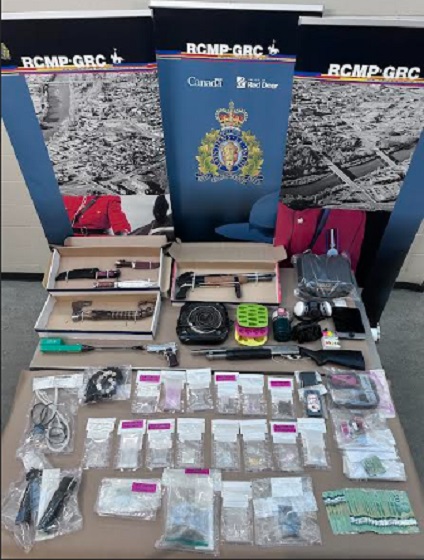
News release from Red Deer RCMP
Red Deer RCMP General Investigation Section arrest two for drug and weapon offences
On Oct. 30, 2024, Red Deer RCMP General Investigation Section (GIS) with the assistance of the Red Deer RCMP Crime Reduction Team arrested two individuals as a result of a drug trafficking investigation. Police executed search warrants at a motel room and a motor vehicle in North Red Deer. As a result of the investigation, police seized several items and controlled substances, which included: fentanyl, methamphetamine, cocaine, Canadian currency, two firearms, other weapons and items related to the trafficking of controlled substances.
Destiny Green, a 26-year-old resident of Red Deer, and Tyler Bye, a 31-year-old resident of Red Deer, have been charged with the following:
- Possession of a controlled substance for the purpose of trafficking
- Possess items used to traffic in controlled substances
- Unauthorized possession of a firearm
- Possession of a firearm knowing possession is unauthorized
- Possession of a firearm in a motor vehicle
- Possession of a weapon for a dangerous purpose x2
- Unsafe storage of a firearm
Green is also charged with:
- Fail to comply with firearms prohibition
Both Destiny Green and Taylor Bye were taken before a Justice of the Peace and were remanded into custody. They are scheduled appear in court on Nov. 7, 2024, at the Alberta Court of Justice in Red Deer.
“The harm caused by fentanyl trafficking shows itself in many different ways” says Cst. Andrew Devine of Red Deer RCMP GIS. “Any time police remove these dangerous substances from our neighbourhoods, we are making our community safer.”
Addictions
New RCMP program steering opioid addicted towards treatment and recovery

News release from Alberta RCMP
Virtual Opioid Dependency Program serves vulnerable population in Red Deer
Since April 2024, your Alberta RCMP’s Community Safety and Well-being Branch (CSWB) has been piloting the Virtual Opioid Dependency Program (VODP) program in Red Deer to assist those facing opioid dependency with initial-stage intervention services. VODP is a collaboration with the Government of Alberta, Recovery Alberta, and the Alberta RCMP, and was created to help address opioid addiction across the province.
Red Deer’s VODP consists of two teams, each consisting of a police officer and a paramedic. These teams cover the communities of Red Deer, Innisfail, Blackfalds and Sylvan Lake. The goal of the program is to have frontline points of contact that can assist opioid users by getting them access to treatment, counselling, and life-saving medication.
The Alberta RCMP’s role in VODP:
- Conducting outreach in the community, on foot, by vehicle, and even UTV, and interacting with vulnerable persons and talking with them about treatment options and making VODP referrals.
- Attending calls for service in which opioid use may be a factor, such as drug poisonings, open drug use in public, social diversion calls, etc.
- Administering medication such as Suboxone and Sublocade to opioid users who are arrested and lodged in RCMP cells and voluntarily wish to participate in VODP; these medications help with withdrawal symptoms and are the primary method for treating opioid addiction. Individuals may be provided ongoing treatment while in police custody or incarceration.
- Collaborating with agencies in the treatment and addiction space to work together on client care. Red Deer’s VODP chairs a quarterly Vulnerable Populations Working Group meeting consisting of a number of local stakeholders who come together to address both client and community needs.
While accountability for criminal actions is necessary, the Alberta RCMP recognizes that opioid addiction is part of larger social and health issues that require long-term supports. Often people facing addictions are among offenders who land in a cycle of criminality. As first responders, our officers are frequently in contact with these individuals. We are ideally placed to help connect those individuals with the VODP. The Alberta RCMP helps those individuals who wish to participate in the VODP by ensuring that they have access to necessary resources and receive the medical care they need, even while they are in police custody.
Since its start, the Red Deer program has made nearly 2,500 referrals and touchpoints with individuals, discussing VODP participation and treatment options. Some successes of the program include:
- In October 2024, Red Deer VODP assessed a 35-year-old male who was arrested and in police custody. The individual was put in contact with medical care and was prescribed and administered Suboxone. The team members did not have any contact with the male again until April 2025 when the individual visited the detachment to thank the team for treating him with care and dignity while in cells, and for getting him access to treatment. The individual stated he had been sober since, saying the treatment saved his life.
- In May 2025, the VODP team worked with a 14-year-old female who was arrested on warrants and lodged in RCMP cells. She had run away from home and was located downtown using opioids. The team spoke to the girl about treatment, was referred to VODP, and was administered Sublocade to treat her addiction. During follow-up, the team received positive feedback from both the family and the attending care providers.
The VODP provides same-day medication starts, opioid treatment transition services, and ongoing opioid dependency care to people anywhere in Alberta who are living with opioid addiction. Visit vodp.ca to learn more.
“This collaboration between Alberta’s Government, Recovery Alberta and the RCMP is a powerful example of how partnerships between health and public safety can change lives. The Virtual Opioid Dependency Program can be the first step in a person’s journey to recovery,” says Alberta’s Minister of Mental Health and Addiction Rick Wilson. “By connecting people to treatment when and where they need it most, we are helping build more paths to recovery and to a healthier Alberta.”
“Part of the Alberta RCMP’s CSWB mandate is the enhancement of public safety through community partnerships,” says Supt. Holly Glassford, Detachment Commander of Red Deer RCMP. “Through VODP, we are committed to building upon community partnerships with social and health agencies, so that we can increase accessibility to supports in our city and reduce crime in Red Deer. Together we are creating a stronger, safer Alberta.”
Crime
Mexican Cartels Expanding Operations in Canada, Using Indigenous Reserves as Factory Hubs
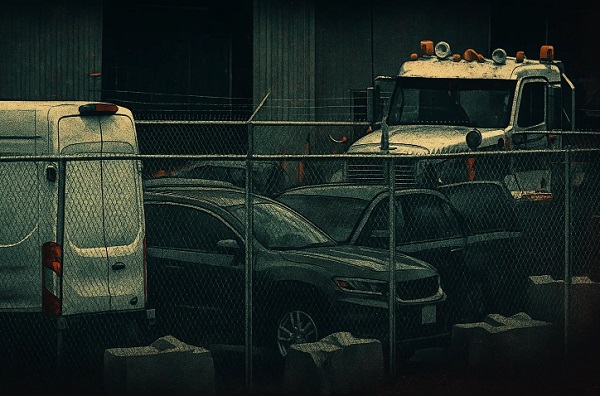
With Factories on Six Nations Land, Mexican Cartels Are Using Canada to Smuggle Counterfeit Goods Into the U.S. and Mexico
“Project Panda,” a major Ontario gang taskforce takedown in May targeting a counterfeit tobacco factory on the Six Nations Reserve near Hamilton and Buffalo, exposes a long-ignored reality: Mexican cartel networks have deeply embedded themselves in Canadian territory near the U.S. border—and are expanding in tandem with Chinese state-linked crime partners, using Indigenous land for counterfeit production and cross-border smuggling.
This is no longer just a policing matter. It is a national security crisis—one that exploits Indigenous communities, land, and jurisdictional protections that have inadvertently shielded criminal networks now designated as terrorist threats. Worse still, the threat has long been known to Canadian, American, and Mexican authorities. Yet Ottawa has failed to act.
Stunningly, an explosive intelligence report released last year labeled Canada a “safe zone” for Chinese and Mexican cartel networks to traffic weapons, drugs, and counterfeit tobacco through Six Nations land. “Mexican authorities have also stated that Canada is responsible for 12% of all the lost tax revenue for the Mexican Government from illicit cigarettes,” the report says, and alleges that “companies established in Six Nations have introduced up to 500 million cigarettes a year illegally into Mexico.”
That same report says more than 73 illicit factories have operated over the past 20 years, linked to 173 organized crime groups, including Mexican and Chinese networks.
Heavily armed Ontario Provincial Police units, supported by multiple agencies, raided the factory and associated sites on May 1 and 7. The targets spanned Six Nations, Brantford, and Ancaster—territories sitting between Hamilton, Niagara Falls, and Buffalo. What they found was staggering: 1,360 pounds of illegal cannabis, 3.16 kilograms of psilocybin, 15 firearms, and large skids of counterfeit tobacco packaging, valued at over $3 million. The factory is surrounded by barbed fences and trailer trucks. One of the raids intercepted two vehicles leaving the site with 11.1 million contraband cigarettes worth another $2.8 million.
While Project Panda hasn’t, at least yet, addressed fentanyl on Six Nations land, a related investigation—Project Roll the Dice—carried out by Six Nations Police on May 2, 2025, did target fentanyl trafficking. Search warrants were executed at a Mississauga Road residence and vehicle on the Mississaugas of the Credit First Nation. Police seized 58 grams of fentanyl, 17 grams of cocaine, Canadian currency, drug packaging materials, digital scales, and multiple cellphones.
Project Panda drew scant attention from Canadian media, with coverage limited to local outlets. But The Bureau’s document analysis and interviews with law enforcement sources reveal a deeper crisis: Canada’s national security vulnerability runs through southern Ontario and Quebec—stretching from the Six Nations of the Grand River, into Brantford, along the St. Lawrence, and directly to the U.S. border. This corridor has become a protected staging ground for Chinese organized crime, long embedded with the Hells Angels, now operating in concert with Mexican cartels.
Though the factories operate on Indigenous land, Ontario police have made clear they are controlled by non-Indigenous organized crime syndicates.
“This investigation involved a tobacco manufacturing facility operated by members of a non-Indigenous criminal network who do not reside on the territory,” Project Panda investigators stated, adding that tobacco sales directly fund organized crime networks. The profits do not benefit local communities.
Confidential sources told The Bureau that Mexican cartel operatives are behind the factories and reserve-based casinos. Their presence is enabled by jurisdictional grey zones, preferential tobacco tax exemptions, and a persistent political unwillingness in Ottawa to confront the threat.
Behind the Mexican cartels, as in Canada’s fentanyl superlab economy, loom Chinese Triads. Canadian intelligence has long warned of this dual-threat structure. Sources close to Project Panda confirm the violence is intensifying, with shootings and firebombings linked to cartel enforcement groups. Seizure evidence shows high-powered firearms and growing operational sophistication.
This isn’t a new threat. As early as 1997, the suppressed Sidewinder intelligence report—later believed by its authors to have been buried by political actors in Ottawa—warned that Triads linked to the People’s Republic of China were trafficking weapons through reserves such as Six Nations. The report cited connections to Chinese military-run companies and descendants of top Communist Party leaders. “Several large quantities of arms manufactured by Norinco have been confiscated on Indian reserves, especially those of the Mohawks,” it stated.
In 2008, Parliamentary testimony from Imperial Tobacco Canada echoed similar concerns. MPs heard that approximately 150 criminal groups were exploiting Six Nations people and land. At the time, illegal cigarettes made up 22% of Canada’s tobacco market—over 30% in Ontario and Quebec. Of those, 93% were traced to First Nations reserves.
Conservative MP Dave MacKenzie noted: “I do not see the aboriginal community as being the big villains in this whole picture. What we’re hearing now is that they’ve been used by organized crime. The Americans are saying terrorist organizations are using it to fund terrorist activity; I don’t think we have that evidence, but the Americans are saying that.”
A legitimate Six Nations tobacco plant owner—whose Grand River factory is located just hundreds of meters from the cartel-linked plant raided in 2025—described the surrounding area as infiltrated. “If you come to some reserves—for example, Six Nations—it looks like a war zone right now,” the man testified in 2008. “It truly does not look like the Canada that we all want our First Nations kids growing up in.”
“It’s not a normal environment for a young person to grow up in, and if they have to work in a tobacco factory that’s unregulated, how does anybody know whether there are firearms and other things and activities in there? Nobody will be able to answer that.”
These warnings ignored for decades are now being validated by probes like Project Panda and new intelligence. In a recent interview, a senior U.S. government source said concerns over Mexican cartel expansion into Canada intensified after Prime Minister Justin Trudeau lifted visa requirements for Mexican nationals in 2016. The source said U.S. officials repeatedly raised cartel threats in high-level bilateral meetings, but Canadian officials downplayed the risks, frustrating joint law enforcement efforts and compounding intelligence blind spots.
This assessment aligns with a 2023 report from former U.S. State Department official David Luna which described Canada as a “safe zone” for Chinese Triads and Mexican cartels.
According to the Criminal Intelligence Service of Canada, illegal tobacco costs governments over $12 billion in lost revenue. More than 83 contraband brands are distributed worldwide from Canada, with 73 illicit factories documented in the past two decades. Some estimates suggest illicit product accounts for 24% of Canada’s tobacco market. The agency confirms that cartel actors are smuggling drugs and weapons into Canada in exchange for cigarettes.
“Chinese criminals are involved in producing cigarettes on Indigenous reserves, saving money and benefiting from tax exemptions,” Luna’s report states.
Research from the Mackinac Center shows that in New York—a high-tax state—53% of cigarettes are illicit. Many are sourced from Canada. U.S. DEA and ICE officials have traced duty-free cigarette flows to reserves in Ontario and Quebec, through smuggling chains that extend to Panama, Korea, and free trade zones in China.
Chinese Triads are also implicated in counterfeit production, exploiting Section 87 of the Indian Act, which exempts on-reserve goods from taxation. These groups arbitrage that legal gap, distributing low-cost cigarettes across Canada and into foreign markets.
This cross-border trade, concealed behind legal protections and legitimate Indigenous businesses, has become a central artery for cartel financing, narcotics, and arms.
There is no longer any plausible denial: the use of Canadian Indigenous lands by Mexican cartels and Chinese Triads is directly connected to North America’s fentanyl and trafficking crisis. Ottawa’s continued refusal to acknowledge and confront this system is indefensible.
Canada’s security and sovereignty depend on it—now more than ever.
The Bureau is a reader-supported publication.
To receive new posts and support my work, consider becoming a free or paid subscriber.
Invite your friends and earn rewards
-

 Frontier Centre for Public Policy2 days ago
Frontier Centre for Public Policy2 days agoCanada’s New Border Bill Spies On You, Not The Bad Guys
-
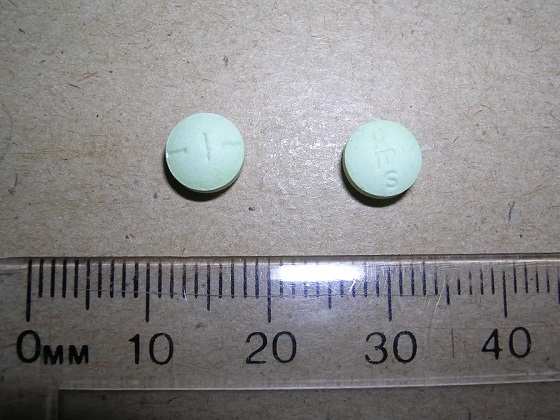
 Addictions1 day ago
Addictions1 day agoWhy B.C.’s new witnessed dosing guidelines are built to fail
-

 Business1 day ago
Business1 day agoCarney Liberals quietly award Pfizer, Moderna nearly $400 million for new COVID shot contracts
-

 Energy2 days ago
Energy2 days agoCNN’s Shock Climate Polling Data Reinforces Trump’s Energy Agenda
-
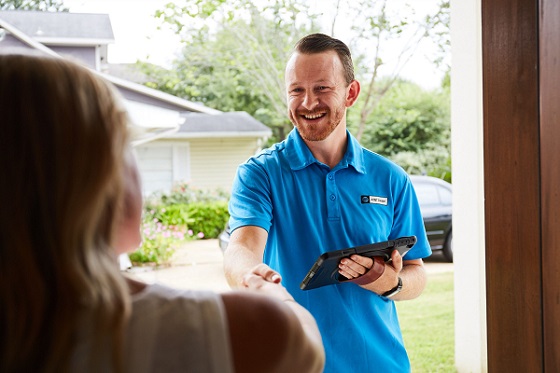
 Opinion1 day ago
Opinion1 day agoCharity Campaigns vs. Charity Donations
-

 Business1 day ago
Business1 day agoMark Carney’s Fiscal Fantasy Will Bankrupt Canada
-
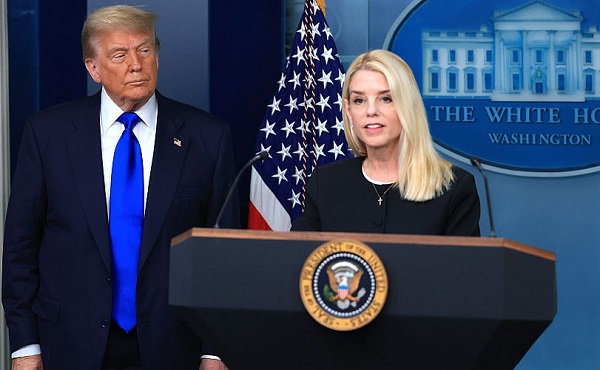
 COVID-191 day ago
COVID-191 day agoTrump DOJ dismisses charges against doctor who issued fake COVID passports
-
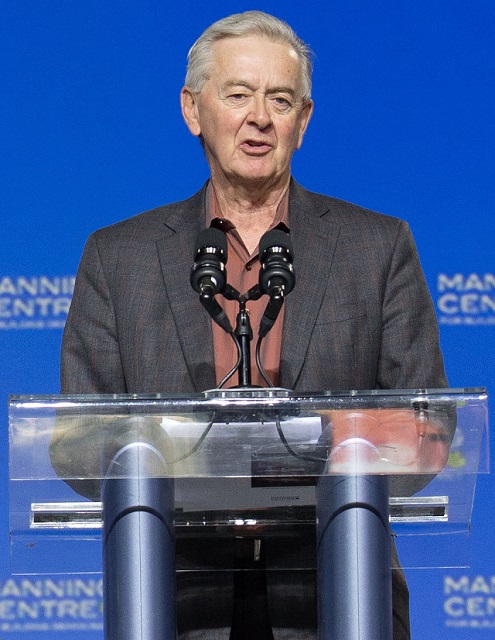
 Opinion1 day ago
Opinion1 day agoPreston Manning: Three Wise Men from the East, Again







